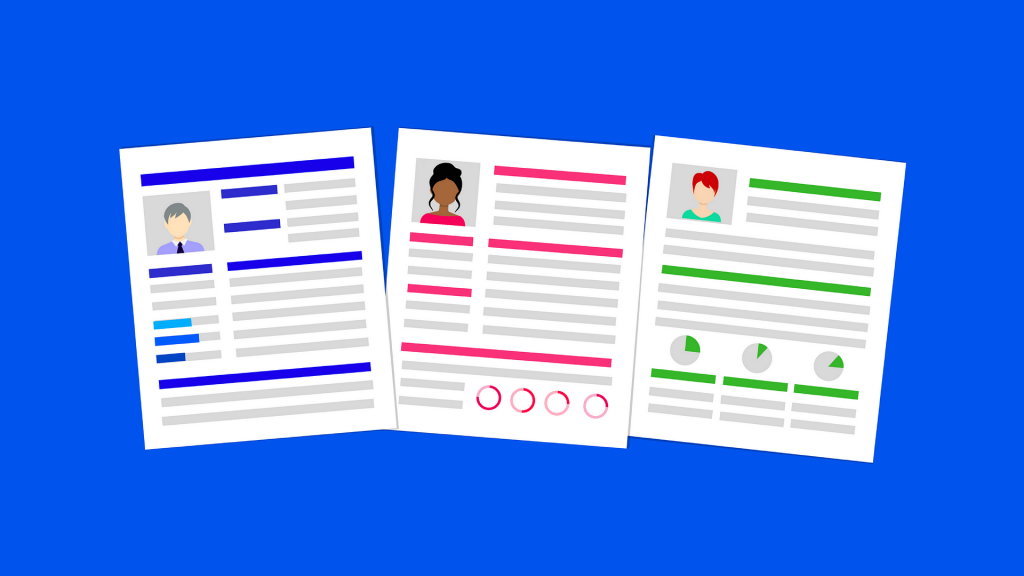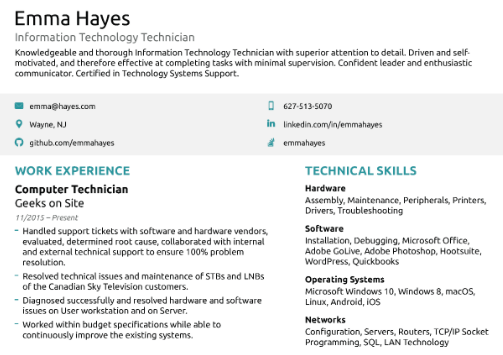They say first impressions last, and it’s the same with job interviews.
Did you know that there’s a part of your resume that recruiters and employers look at first? It’s some kind of universal thing that they do, and it’s their way of weighing out an applicant’s skill.

Make it a mission to grab their attention in the first minute of the interview; do it by crafting the perfectly-structured resume.
So, what part of your resume is the most important? Let’s carefully dissect it.
Read Related: Resume Writing – Tips and Advices
It’s the Psychology
Try to put yourself into the shoes of employers and recruiters.
When you receive a resume, what is the first thing that you see? You would see the topmost part of the first page, right?
In cases now (especially after the pandemic), resumes would be sent via email. They’ll most often be in a PDF form or an MS Word form, right?
When you hit on “send” and when they receive it, the first thing they’ll see when they open it would be the top-part and top-half of your resume.
What you need to do is to improve that part of your resume by making sure that it’s literally “selling you.”
Also Read: Avoid These 7 Interview Red Flags When Preparing for a Job Interview
That’s what we’ll be focusing on in this guide!
What Goes at the Top Part of Your Resume?
You might be thinking about this since you decided to read this article; and it’s actually not the same for all of us.
Here’s a quick sample of a top-half of a resume:

I’ve canceled and erased the bottom part out since we wouldn’t be talking about that much.
This is the top-part and this is what you want to improve as a part of your resume.
Read: 19K Jobs Offered in the IT-BPM Industry; OFWs prioritized
Contact Number or Personal Info
In the example, it’s clear that Emma, the one who owns the resume, is highlighting her skills. It’s also quite evident that she’s giving out her info like her email, her contact number, where she lives, as well as her LinkedIn account, and this is a good move.
It Sends A Surge of Urgency to the Recruiter
In the mind of a recruiter, it’s like a sudden wave of urgency that you want to be contacted in the fastest time possible.
Most Recent Highlights
Which would come first? The past or the most recent?
This has been one of the most debated and talked about structures in the art of creating resumes.
Read: Job-Hunting Sites PH: The Demand of the Internet Age and Economy
Traditionally, we ought to follow the structure of past – ’til present, because naturally, that’s how things should go.
However, times have changed, and now, putting the most recent highlights and achievements you’ve accomplished is better. In fact, it will be a lot more useful in this part of your resume.
It Passively Sells You and Your Skills
What this does is unknowingly attract the recruiter or the employer. It’s like pulling them into the area of what you have recently accomplished, telling them that you are capable of doing this and that.
In the example above, Emma highlighted her role in her previous job:
- Handled support tickets with software and hardware vendors
- She resolved a lot of technical issues
- Able to perform hardware assembly & troubleshooting
- Proficient in many operating systems
- Knowledgeable in various programming languages
Read: How Can I Write an Effective Online Bio?
The list goes on. If you’re the recruiter, you can already feel if Emma is a good fit or if she isn’t for the company.
Just by looking at the half part of it, you would already have a sense if she is the employee you’re looking for.
Short Bio
Many people miss this out in their resumes; they think that it’s not important because it’s “redundant.”
However, these short bios are actually helpful in making sure that the recruiter or the employer understands what you’re all about.
Make your intro or your bio catchy and playful, but, without the expenses of it being “too informal.”
Try to maintain a professional profile while making it easy and light for the recruiter or the reader.
Also Read: The Five (5) Things You Should Not Say During an Interview
- It’s better to write it in a narrative/descriptive tone to clear all the points out
- Always make sure to highlight the most important skills in the bio or intro
- You can include things like certifications, licenses, years of experience, etc.
- It’s also important to be precise and specific about it in the bio. You can then detail and expound it out to the points on the technical skills and work experience
Use the Space Wisely
Overall, the space you’ll be able to write on would be able to accommodate anywhere around 1,000 to 1,500 characters.
This translates to, more or less, about 200 to 350 words.
Imagine everything you want to say; you have to squeeze and compress it into that form. It’s hard, and you need to be exact at everything.
However, that is key to higher chances of you getting or landing the job.
So, the next time you apply for a job, make sure that this part of your resume is reinforced and enhanced.